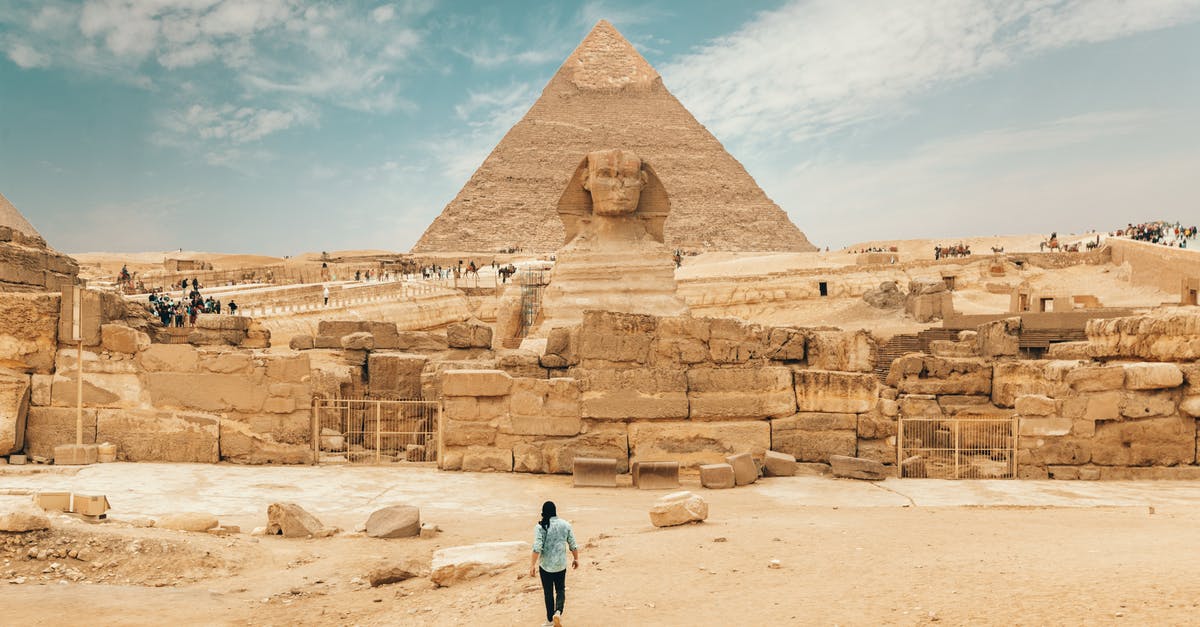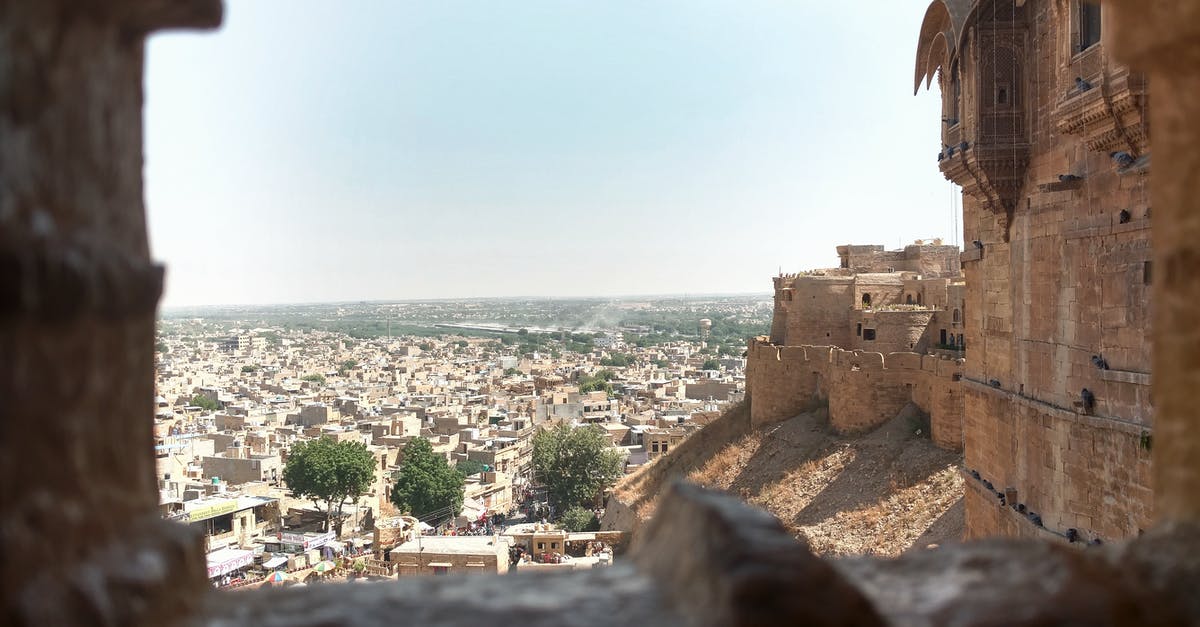In 10000 BC, is the Persian-like civilization connected to any real history?

I have watched 10,000BC and have understood the story. But I am curious as to whether the Persian-like Pyramid-building civilization has any link to a real civilization that have existed during those times?
And can they be really that advanced as to have the technology to create those large buildings when at the same time, the main character's tribe is living in the wild?
Best Answer
This pyramid building civilization has many similarities to both the ancient Egyptian civilization and also to the civilizations of Mesopotamia (which you probably mean with Persian-like). From those two, the latter is/are actually a bit older and marks the beginning of city building. But nevertheless such large buildings as the Egyptian pyramids or the Mesopotamian ziggurats didn't emerge before about 3,000 BC (neither did they in other parts of the world, like America) and in the time of the movie people were still wandering around in small tribes, much more like D'leh's tribe and all those he encounters on his way.
So, I think this civilization is rather made-up by Roland Emmerich, though surely influenced by the ancient Egyptian civilization (that already influenced his Stargate) and maybe a bit of the ancient Mesopotamian civilizations. But in this time it is an utter anachronism. Emmerich somehow used the fact that the records of this time are rather scarce as a possibility to be a bit creative.
It is actually hinted in the movie that this civilization is connected to Atlantis (which we all know was a civilization that was way ahead of time ;-)), when it says that The Almighty and his followers come from a realm sunken into the seas and later when you shortly see a map that has a large island next to Africa.
So, in fact it has a strong link to a civilization that is rumoured (not by serious scientists however) to have existed in that time, but not to a real proven civilization at that time, though strongly influenced by later existing civilizations. D'leh's tribe and all the other rather primitive tribes are a more accurate depiction of the civilizations at this time.
As a side note, the ending of the movie can be seen as a more or less accurate allusion to the development of civilizations during that time: When the tribe D'leh met during his adventure gives him a bunch of seeds to thank him, D'leh's tribe starts planting crops instead of (or in addition to) hunting. And it was indeed around 10,000 BC (though varying by region) when nomadism was replaced by agriculture, which of course formed the prerequisites for permanent settlement (and thus modern civilizations).
In conjunction with the harder and harder gathering of food and the tribe's starving depicted at the beginning of the movie this provides a general look at the overall civilizational development and its reasons during this time period and gives the movie a somehow historically accurate main theme, with D'leh's particular adventure being just an anachronistic interlude for the sake of entertainment.
Pictures about "In 10000 BC, is the Persian-like civilization connected to any real history?"



What was the civilization in 10,000 BC?
Living in Mesopotamia in 10,000 B.C. People living in Mesopotamia around 10,000 B.C. were probably hunter-gatherers. They hunted wild animals, gathered berries, nuts and mushrooms, and caught fishes.Is the movie 10,000 BC accurate?
According to historians, the film has several historical inaccuracies. The film features woolly mammoths and saber-toothed tigers, both of which were fairly extinct by 10,000 BC. Other predators seen in the film, including carnivorous birds, were also extinct.Who was the Almighty in 10,000 BC?
Tim Barlow as The Almighty, a tall, blue-eyed man who dresses in long white robes and a face-concealing veil. He is the last of three kings, and the last of the Atlanteans.Where is the setting of 10,000 BC?
The movie takes place in Europe in around 10,000 B.C., give or take a few years, which was during the beginning of the Mesolithic era, which was immediately after the end of the Ice Age.The Ancient World Part 1: The First Civilizations | The History of the World
More answers regarding in 10000 BC, is the Persian-like civilization connected to any real history?
Answer 2
Great question! The Persian Empire did not emerge until 559 BC way before this movie is set. Sumerians created the first sedentary civilization in southern Mesopotamia around 3500 BC, Egyptians followed in the Nile Valley around 3100 BC. I believe the "Lost Civilization" in this movie is based on the early Sumerians, but predate that civilization by several thousand years. Even the earliest Sumerian remains are only dated around 5000 BC.
The historical value of 10,000 BC truly lies with the Yaghul tribe and the depiction of a nomadic hunter-gatherer society. While the mammoth and saber-tooth cats definitely existed during this period, terror birds had died off ages before. Luckily for early foragers they never had to deal with those monsters.
Another good point Emmerich makes in this film is with the scenes on agriculture. The titular time period matches up with the First Agricultural Revolution/Neolithic Revolution.
Sources: Stack Exchange - This article follows the attribution requirements of Stack Exchange and is licensed under CC BY-SA 3.0.
Images: Spencer Davis, Spencer Davis, Narassima M S, Maria Orlova
